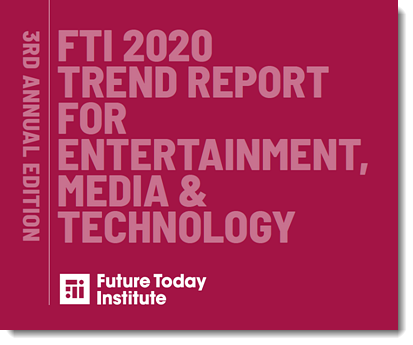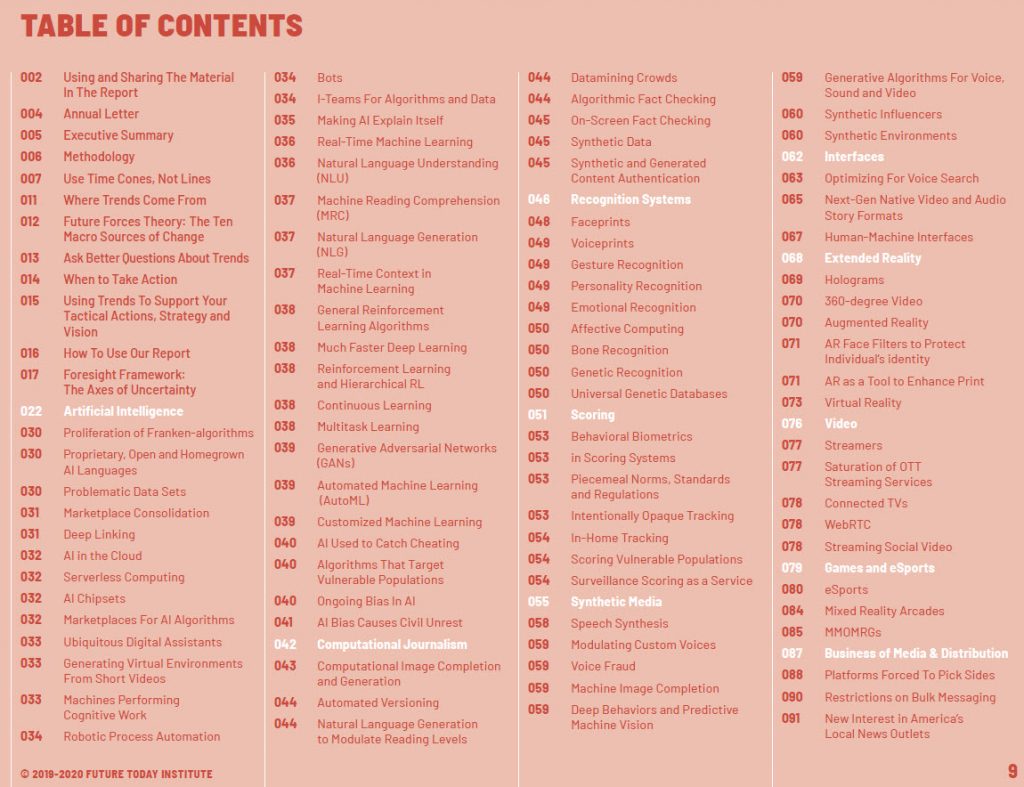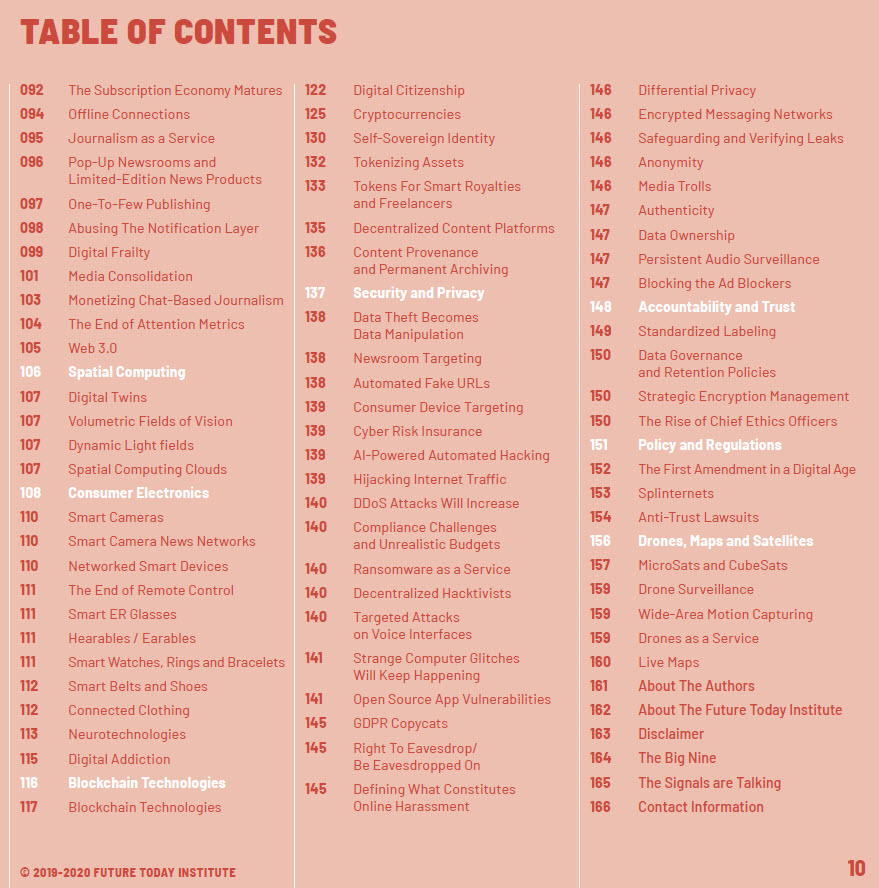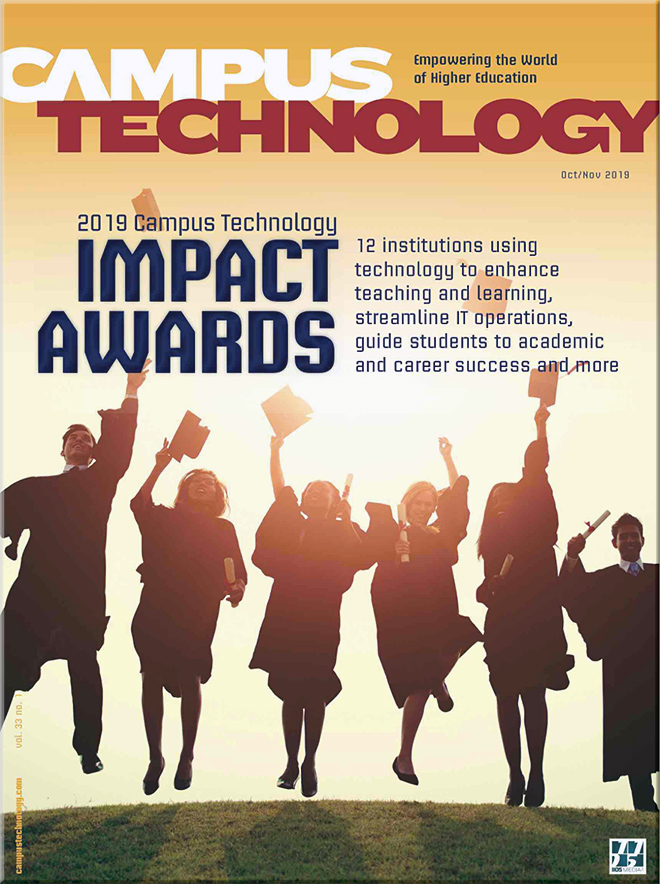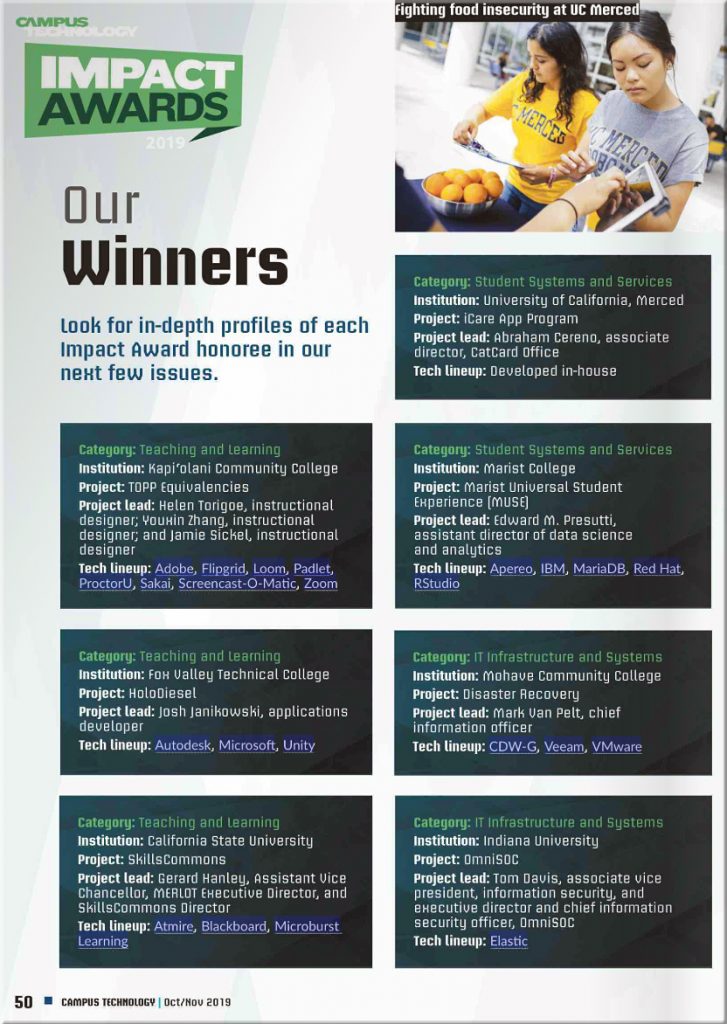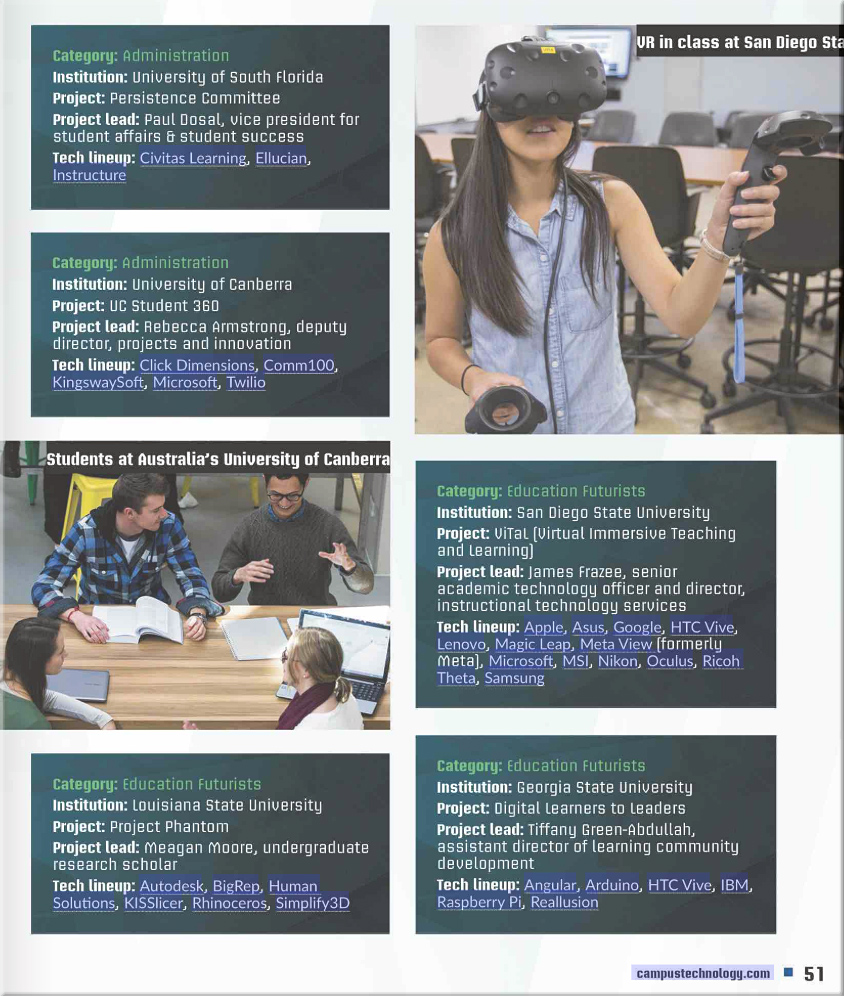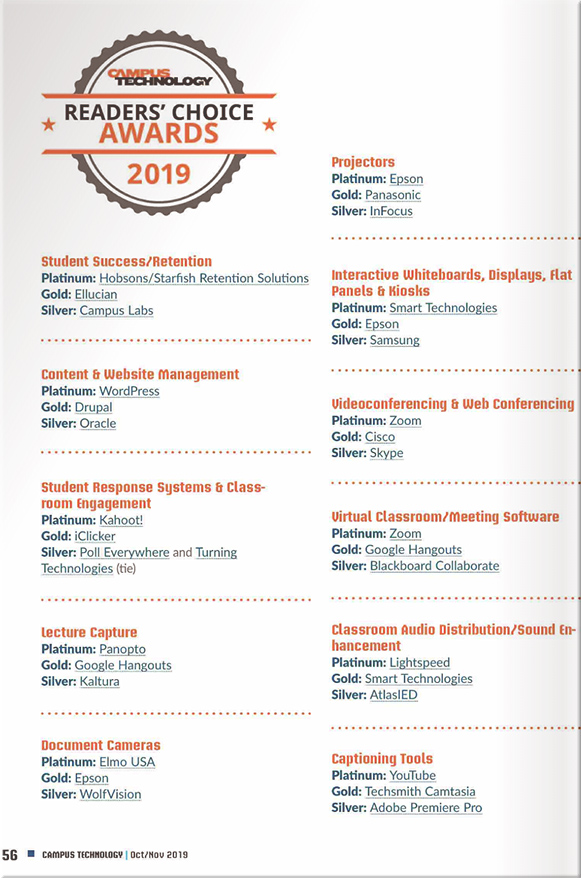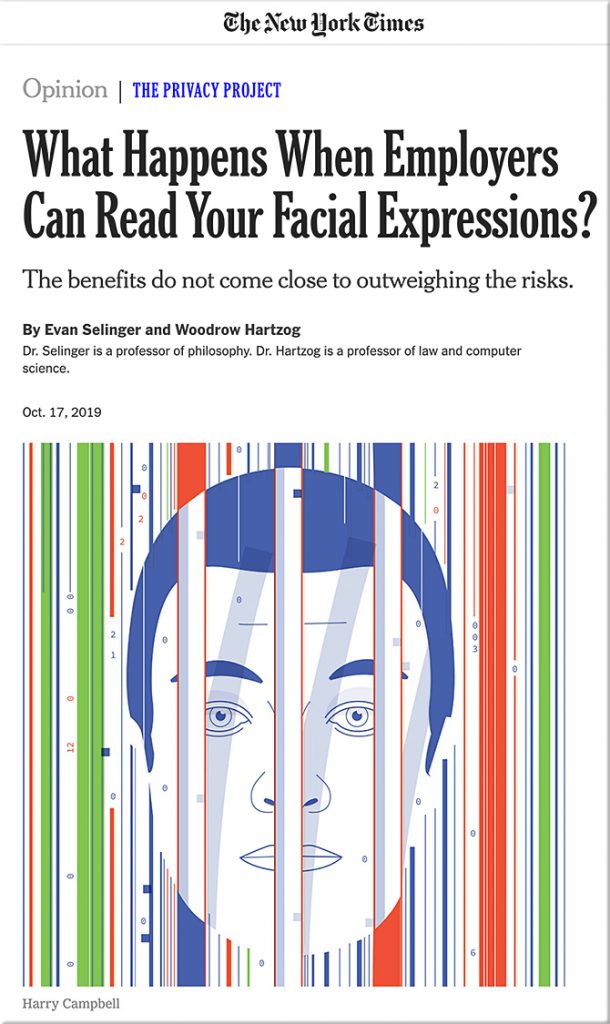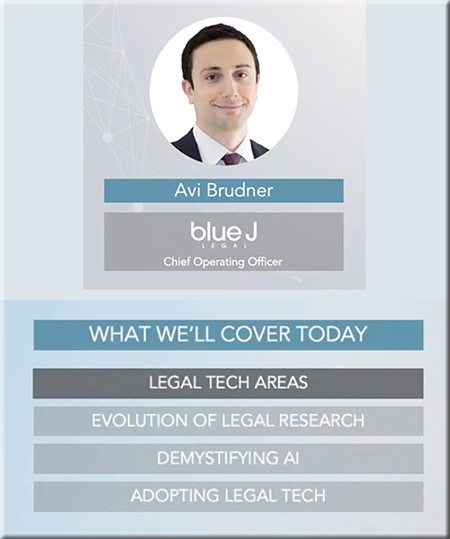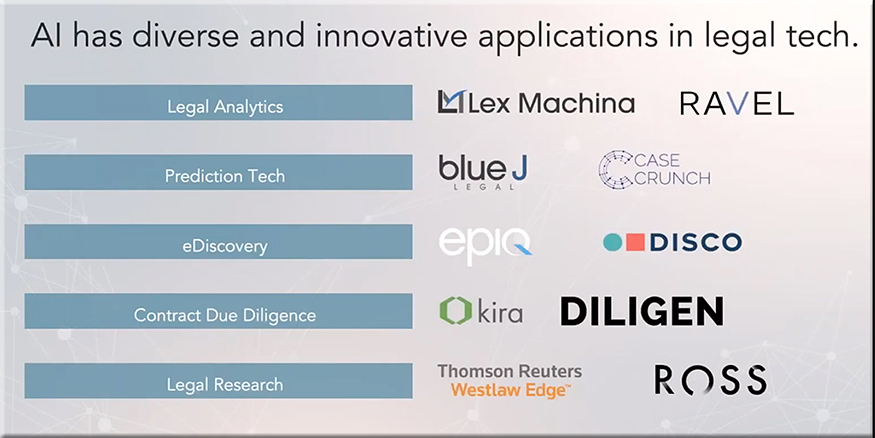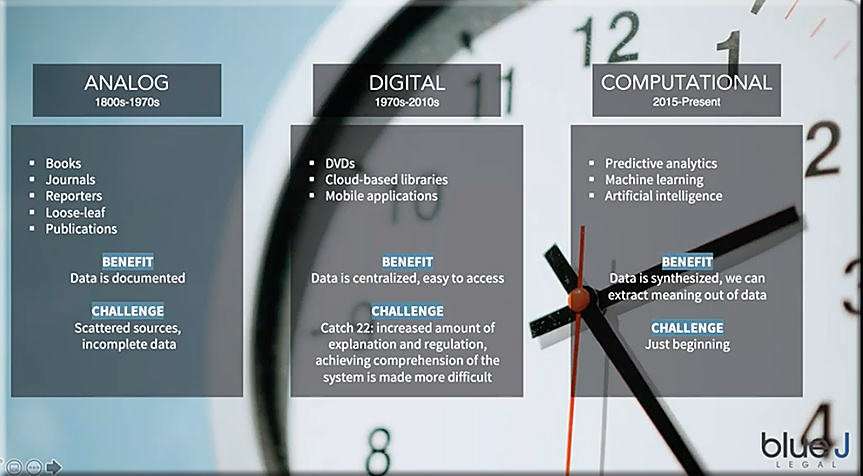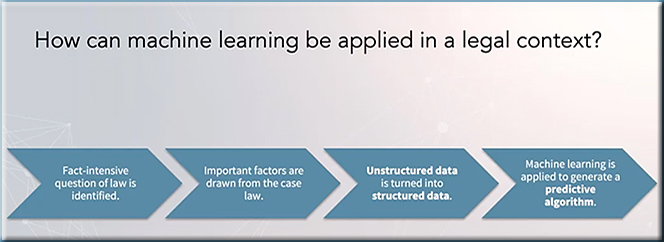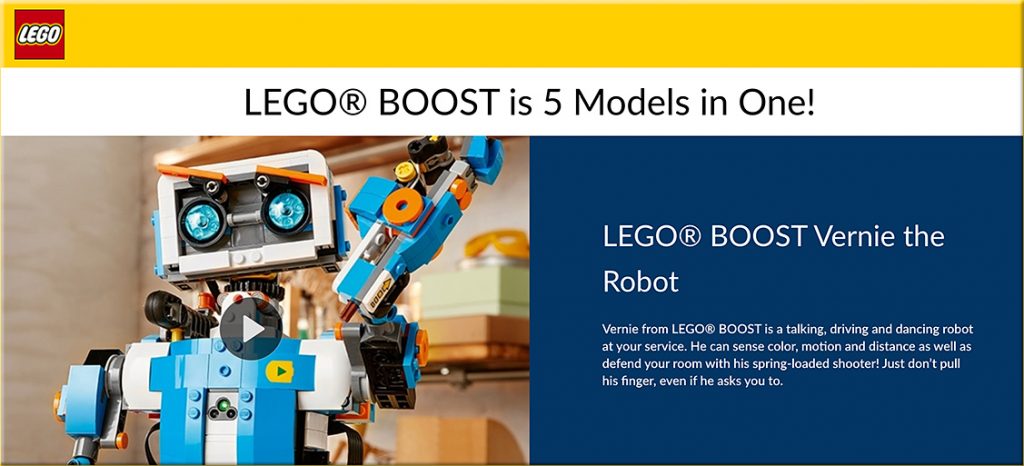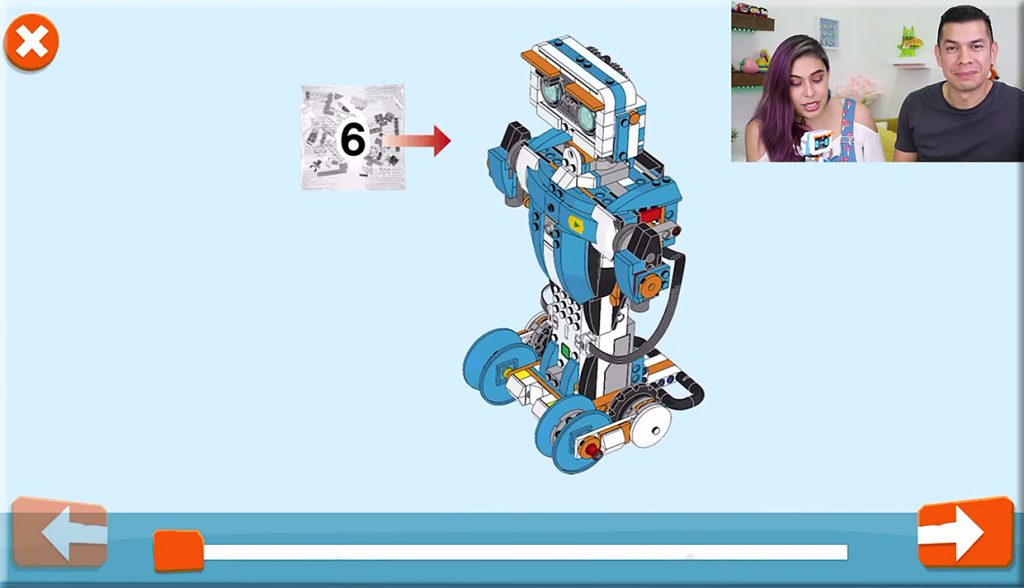6 critical IT skills for the next decade: Bay Area CIO of the Year winners share — from enterprisersproject.com by Ginny Hamilton
What skills will IT talent need most? Six award-winning CIOs discuss the top skills on their radar screens – from AI to emotional intelligence
I’d highly recommend all technology professionals build their external network and contribute to the external professional community as early in your career as possible. The wisdom of the tech community is incredibly important, and because you have to curate this over an extended period of time, there is no accelerated option you can tap at a later date. Technology professionals need to constantly be re-inventing themselves to stay relevant. As technology evolves, so too do the people and roles around it. Constant change is the steady state today and as I tell my team, “The pain of change is mandatory, it is the suffering that is optional. And if you don’t like change, you are going to like irrelevance even less.”
From DSC:
This is an especially good read for students who are considering going into a tech-focused career. If you decide to go that route, you had better be ready for constant change….constant, lifelong learning. And as you get older, you will face age discrimination. Enjoy the jobs that you get from ages 18-30 (perhaps even up to age 35). After that, it gets much tougher. Hopefully, that situation will change as more organizations get sued for allowing this discrimination to continue (perhaps implementing is the more appropriate word…vs. allowing it to occur). Here are some examples of those kinds of issues/suits. But for now, that’s the state of things…at least here in the United States.









